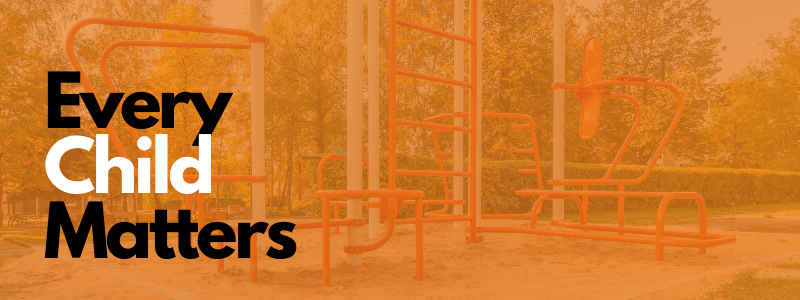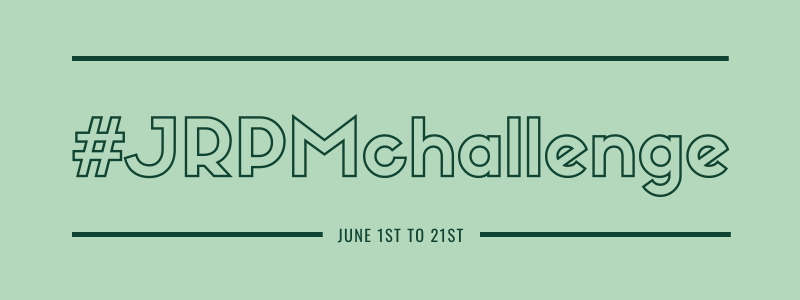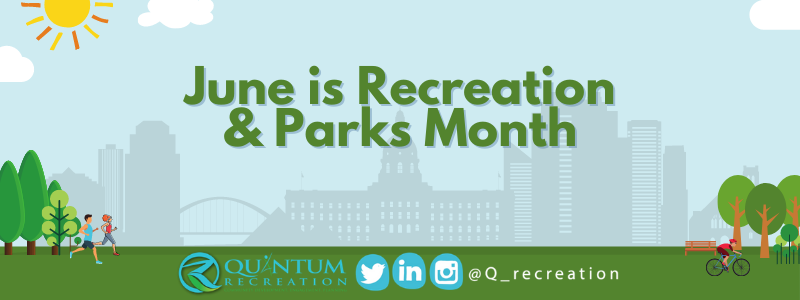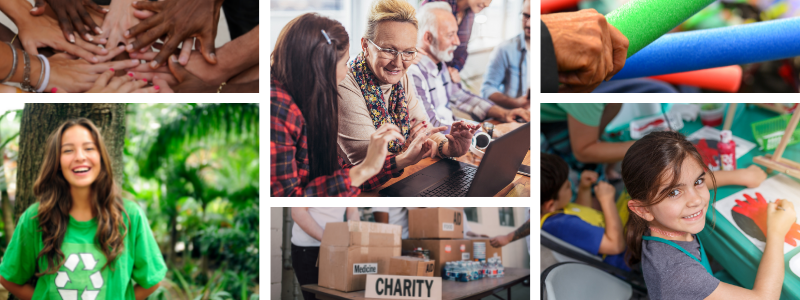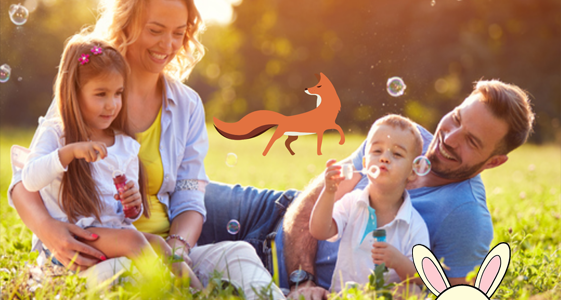June is Recreation and Parks Month (JRPM) is to celebrate and encourage you to get out and enjoy the many advantages of recreation and parks. JRPM promotes the benefits of being active and recognizing the contribution that recreation and parks make to the quality of life.
A great initiative that began in 2005 in the province of Ontario has extended to all of Canada. With JRPM events ranging from fishing derbies to free swim days at the local pool. Families and residents can get active and enjoy the many health benefits that recreation and parks provide. In Alberta, this year JRPM will be focusing on connecting people together, and with nature, through recreation and parks.
BENEFITS OF JRPM
JRPM may look a little different this year due to COVID-19, but there are still plenty of activities and events to participate in while practicing physical-distancing. Here are some of the key benefits from the benefitshub:
Help Build Strong Families and Communities
It is proven that if families and couples share recreation pursuits, they are more likely to stay together. These pursuits allow us to come together and explore different forms of both families and communities. Many people who participate in recreation activities are often catalysts that build strong, self-sufficient, and sustainable communities.
Economic
Recreation also is an economic driver. During the pandemic, fitness equipment, bicycle, and R. V. sales have increased. With the work from Healthwellnesscoalition, we know that these small businesses are crucial for the economy because recreation, fitness, sport, arts, culture, parks, and open spaces are significant employment generators.
Personal Health
We know that being active has a lot of physical health benefits, a reduction in obesity, some cancers and diabetes. But there is also the mental health of individuals that recreation can provide benefits. This is more important than ever during the Covid-19 pandemic; recreation can reduce stress and depression and manufacture social connections between people. WE have seen an increase in apps and online clubs for people to complete races or challenges to still stay connected while recreating.
JRPM is only one month, but the benefits last all year long. So, for 2020, get out, recreate and create those connections while remaining at a six foot distance.
Adapted from: http://benefitshub.ca/recreation-benefits-statements/

